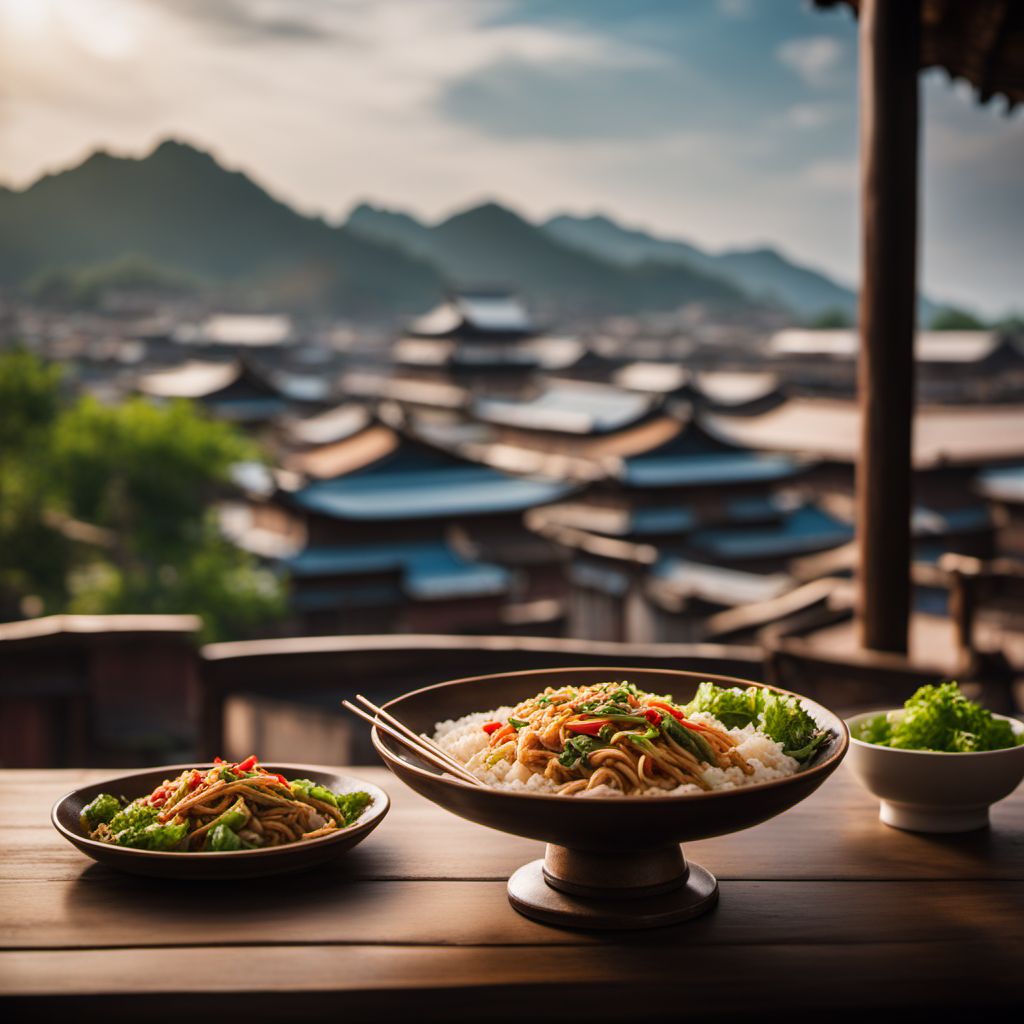
Cuisine
Hmong cuisine
Hmong cuisine is a fusion of Chinese, Vietnamese, and Thai cuisines with its own unique twist. The cuisine is characterized by its use of fresh herbs and vegetables, spicy flavors, and sour notes. Hmong cuisine is also known for its use of wild game and foraged ingredients.
Typical ingredients
Rice, Pork, Chicken, Beef, Fish, Herbs (such as cilantro, mint, basil), Vegetables (such as bok choy, bean sprouts, green beans), Chili peppers, Lemongrass, Ginger, Garlic, Soy sauce, Fish sauce, Oyster sauce, Rice vinegar
Presentation and garnishing
Hmong dishes are often served family-style and garnished with fresh herbs and vegetables.
Hmong cuisine is often made with wild game and foraged ingredients, making it a sustainable and eco-friendly cuisine.
History
The Hmong people have a long history of migration and have adapted their cuisine to the regions they have settled in. Hmong cuisine has been influenced by the cuisines of China, Vietnam, Laos, and Thailand. The cuisine has also been shaped by the Hmong people's reliance on hunting and foraging for food.
Cultural significance
Hmong cuisine is an important part of Hmong culture and is often served at festivals and celebrations. The cuisine is also a way for Hmong people to connect with their heritage and pass down traditions to future generations.
Health benefits and considerations
Hmong cuisine is generally healthy, with a focus on fresh ingredients and balanced flavors. However, some dishes may be high in sodium or fat.
Hmong cuisine recipes Browse all »

Hmong-inspired Stuffed Bread - Houska
Flavorful Fusion: Hmong-inspired Stuffed Bread

Hmong-style Celery Rice
Fragrant Celery Rice Delight
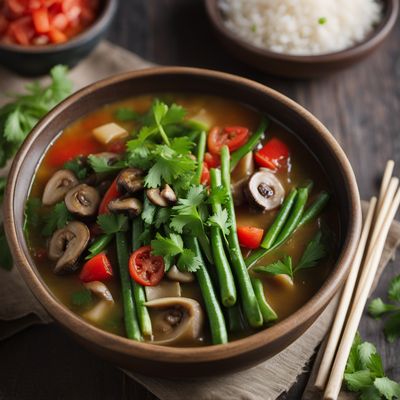
Hmong-Inspired Vegetable Stew
Soul-Warming Hmong Vegetable Delight

Hmong-style Offal Soup
Savory Delights: Hmong-inspired Offal Soup
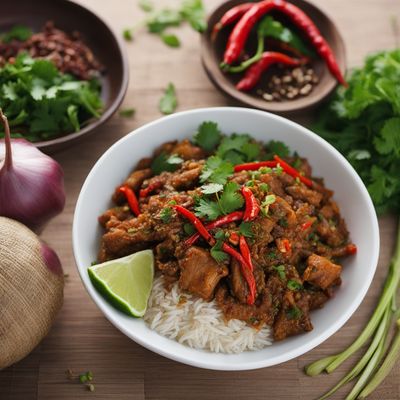
Konkoé Hmong Style
Savory Hmong Konkoé: A Fusion of Flavors

Hmong-inspired Coconut Balls
Coconut Delights: A Taste of Hmong Cuisine

Hmong-inspired Creamy Cornmeal Porridge
Golden Cornmeal Delight: A Hmong-inspired Creamy Porridge
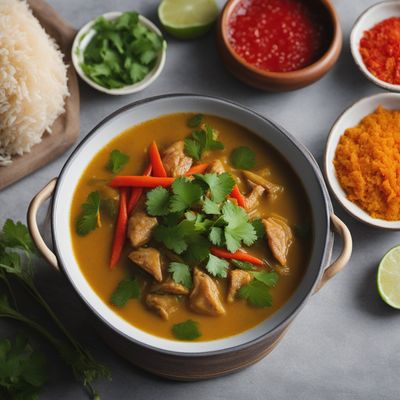
Hmong-style Curry Soup
Hearty Hmong Curry Soup: A Fusion of Flavors

Hmong-style Fish and Rice Stew
Fragrant Fish and Rice Delight
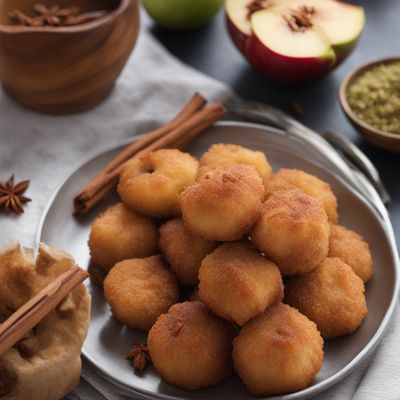
Hmong-style Fried Apples
Crispy Apple Delight: Hmong-inspired Fried Apples
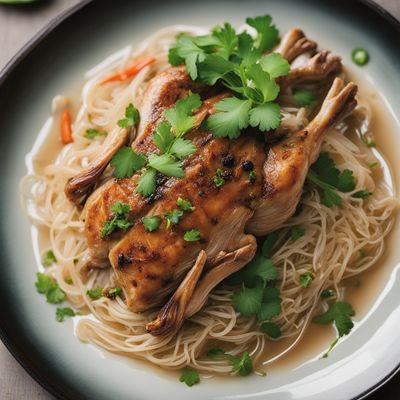
Hmong-style Braised Rabbit with Lemongrass and Ginger
Lemongrass and Ginger Infused Hmong Rabbit Delight

Hmong-inspired Shrimp Nigiri Sushi
Savory Hmong Shrimp Delight: A Fusion of Sushi and Traditional Flavors